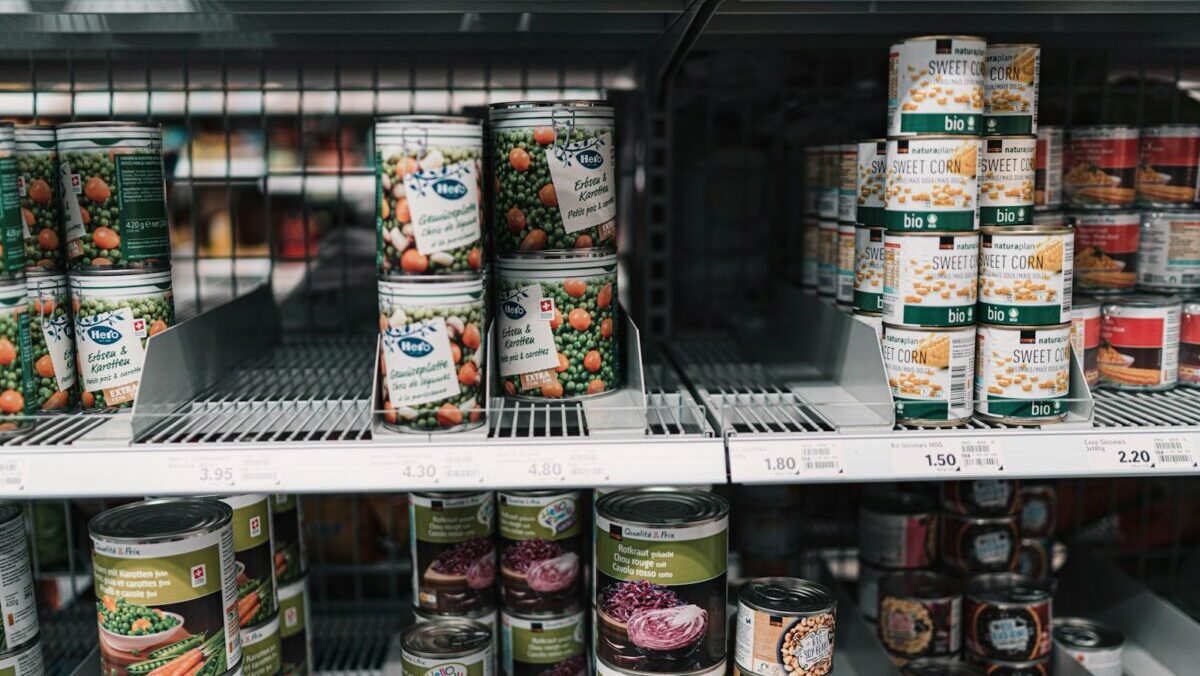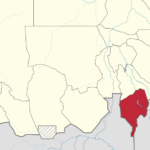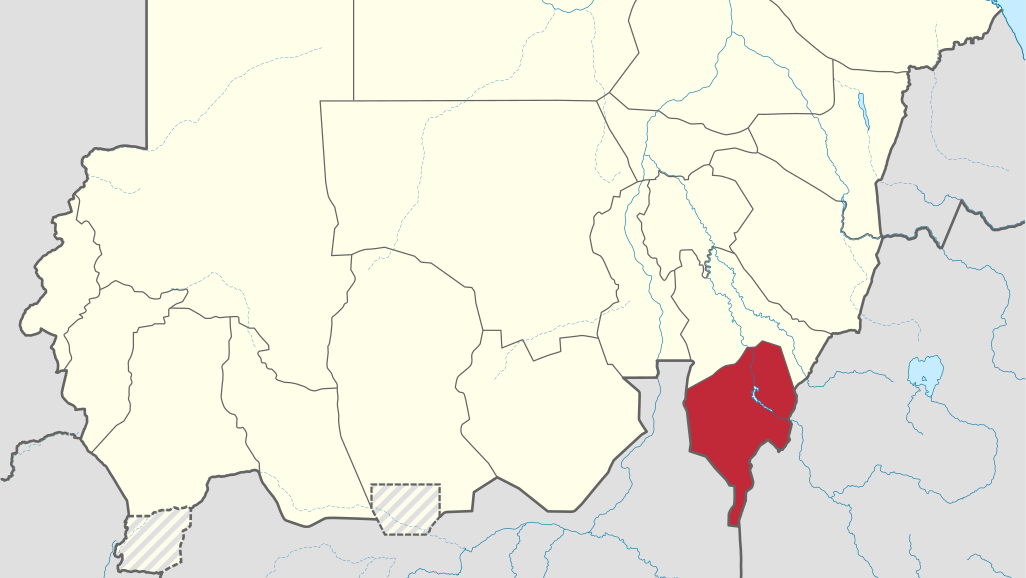For the second consecutive year, Texas had the second-highest rate of household food insecurity in the nation, a study from the U.S. Department of Agriculture revealed.
Food insecurity increased both at the state and national level last year, Household Food Security in the United States in 2023 reported.
A household is considered food-insecure if its members at some time during the year lack the resources to acquire adequate food for everyone in the home.
The USDA reported 18 million households — about 47 million people, including 13 million children — in the United States were food-insecure at some point in 2023.
The report from the USDA Economic Research Service showed the prevalence of food insecurity in Texas was 16.9% last year, second only to Arkansas at 18.9%. The rate of food insecurity in Texas increased 1.4% from the previous year.
In addition to Texas and Arkansas, the other states where the prevalence of food insecurity was higher than the national average were Kentucky, Louisiana, Mississippi, Oklahoma and South Carolina.
Prioritizing food security
Texas ranks among the worst states in terms of hunger because “addressing food security among our low-income population has not been a comprehensive priority of the state,” said Jeremy Everett, founding executive director of the Baylor Collaborative on Hunger and Poverty.
And it historically has not been a priority for most elected officials because Texas citizens largely have failed to see it that way, he added.
So, children and elderly individuals “go to bed hungry,” and available hunger-reduction programs are not utilized to their full capacity, he said.
Texas Health and Human Services Commission personnel are working hard to process SNAP (Supplemental Nutrition Assistance Program) applications, but the agency has been understaffed and inadequately resourced since the COVID-19 pandemic, he noted. As a result, applicants often face long waiting periods before they are approved for food assistance.
In Texas, more than 1 household in 6 is food-insecure, which means 1.8 million families — about 5.1 million individuals — are at risk for hunger.
“These staggering numbers reflect the growing need food banks are seeing in communities across our state,” said Cecilia Cole, CEO of Feeding Texas, the state association of food banks.
“We have the tools and resources to end hunger, but our vision of a hunger-free Texas can only be realized through policy change and collective action from the public, private and charitable food sectors. Food banks alone cannot end hunger.”
Hunger relief ministries see the need
The statistics confirm the observations of people who serve with ministries across the state that receive funds from the Texas Baptist Hunger Offering.
“The new USDA report on the staggering food insecurity rates in Texas affirms the sounding alarm that the Texas Baptist Hunger Offering has been responding to from hunger relief ministries across the state,” said Irene Gallegos, director of hunger and care ministries with Texas Baptists’ Christian Life Commission.
“In recent visits to Hunger Offering-supported ministries in Decatur, Edinburg, Palestine and Abilene, the resounding echo among ministry leaders is the limited food in area food banks and the new faces accessing food resources.
“I hear hunger relief heroes across the state sharing that the face of poverty is changing and families with employment simply do not earn enough wages to pay for basic household expenses.”
She pointed to some ministries that receive Texas Baptist Hunger Offering funds — specifically Azle Community Caring Center, Heart of the City in Lewisville and Brother Bill’s Helping Hands in Dallas — that serve more than 800 families a week.
“Another Hunger Offering-supported ministry — The Mustard Seed Cafe in El Paso — once served an average of 50 meals daily and made space accommodations to now serve 400 to 500 meals daily,” Gallegos said.
The offering strategically partners with ministries in some South Texas counties that have significantly high food-insecurity rates, such as Cameron County at 21.9% and Hidalgo County at 22.9%, she added.
Fighting hunger an ‘essential element’ of faith
Christians should take the lead in meeting needs and fighting hunger, Everett insisted.
“I don’t think we always realize that alleviating hunger is an essential element of our faith expression as Christians,” he said.
Too often, Christians see it as an optional “extra credit” activity rather than as a central component of their faith, he asserted.
“We should see hunger as a litmus test issue, because it is a symptom of other broken systems,” Everett said.
Christians can advocate for public policy initiatives that address issues of hunger and poverty, he said. He pointed particularly to the need for Congress to pass a bipartisan Farm Bill package that strengthens SNAP and international food aid programs.
Individual Christians can promote summer meal programs in their communities and urge local schools to participate in breakfast programs and after-school nutrition programs, he added.
Churches also can play an important role locally by participating in coalitions of nonprofit organizations, social service agencies and businesses to build hunger-free communities.
So far, the Baylor Collaborative on Hunger and Poverty has helped to form hunger-free community coalitions in 27 Texas counties.
“That’s significant, but we have 254 counties in Texas,” Everett said. “We have a long way to go.”
For more information, click here.
EDITOR’S NOTE — This story was written by Ken Camp and originally published by Baptist Standard.










